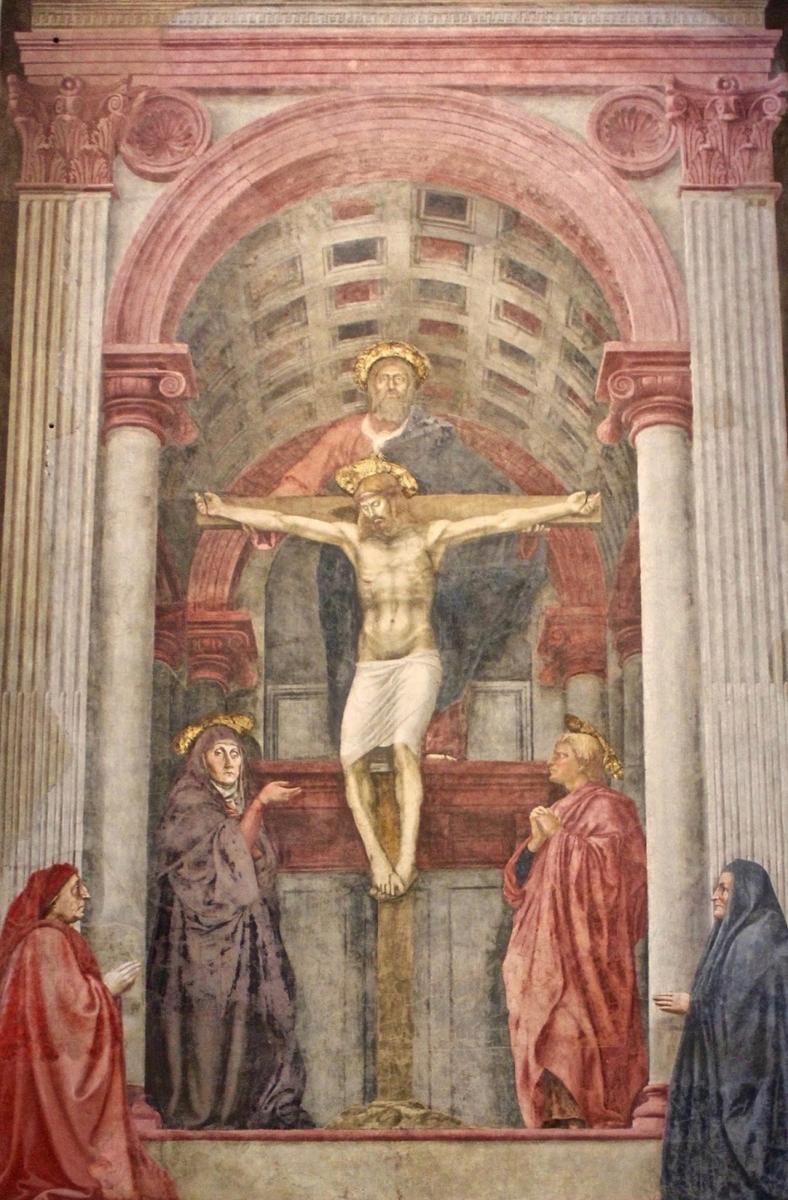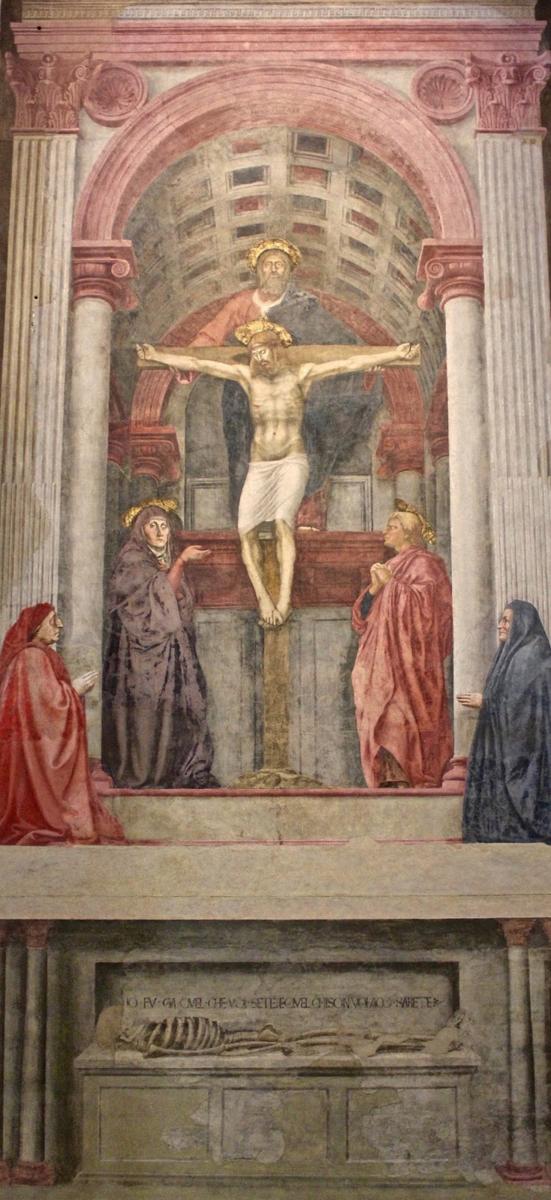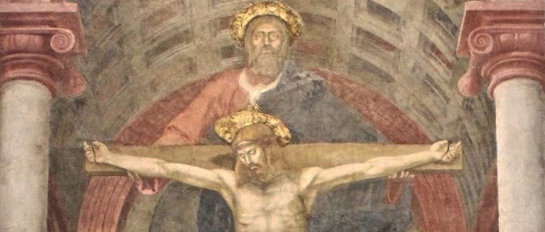December 2: God’s Love for the World
♫ Music:
WEEK ONE
December 2-8
THE GREATEST RELATIONSHIP
Samuel Francis wrote the following words describing God’s love:
“Oh the deep, deep love of Jesus--vast, unmeasured, boundless, free. Rolling as a
mighty ocean in its fullness over me. Underneath me, all around me, is the current
of his love, leading onward, leading homeward to his glorious rest above. Oh the
deep, deep love of Jesus spread his praise from shore to shore. How he loveth, ever
loveth, changeth never, nevermore. How he watches o’er His loved ones, died to call
them all his own. How for them, he intercedeth, watchet o’er them from the throne.”
This powerful Christian hymn barely begins to scratch the surface in its attempt to describe Christ’s staggering love for his own. God in essence is love. He not only created us, but desperately wants to be in relationship with us, a relationship that can’t begin to compare with any human unions we have known. One theologian remarked, “Christ’s love is so intimate and personal that every human being could say that Christ became man for him or her specifically.” This depth of love (for those who are watching and waiting) finds full expression in the Advent of Christ “who is and was and is to come” (Revelations 1:8).
Day 1 - Sunday, December 2
God’s Love for the World
Scripture: John 3:16-17
For God so loved the world, that he gave his only begotten Son, that whosoever believeth on him should not perish, but have eternal life. For God sent not the Son into the world to judge the world; but that the world should be saved through him.
Poetry:
3 drms.
by T. Crunk
picking through the manna
one morning
looking for the small
white stone
engraved with my name
Praying at my window
come down
angel come down
into the circle of light
waiting in a station
among the scatterlings
and strandlings
for the train that brings lost fathers
home to their children
GOD SENT, GOD GAVE
For God so loved that he gave. For God so loved that he sent. Love took the shape of giving and sending. Behind the crucified Jesus in Masaccio’s Trinity, stands the Father who sent him, who gave him. Yes, that he might receive, that he might have many adopted sons and daughters… but at present we dwell not on that, not on the object of his love, the world, those who believe. We dwell on the giving, the sending.
Christmas, after all, is a time of gathering. My family will travel to Washington and Idaho to be with Grandpas, Grandmas, aunts, uncles, nephews and nieces. And there is something beautiful and powerful in families gathering around the world to celebrate the birth of Christ, to acknowledge that great gift in what we hope will be a genuine act of thanks: giving gifts in return.
But for the Holy Trinity, things were somewhat different. Christmas is not an act of gathering the family together. Rather, it was an act of breaking the family apart, so to speak. The Father sent, the Father gave. No, there was not a rupture in the Trinity; these are not three gods that one can leave the other as a son can leave a father and a mother. But the Gospel readings stand: God sent. Something new happened in the life of God, and if we are to speak of it properly, it calls forth not the Hallmark image of a family gathered around the fireplace with a decorated Christmas tree in the background, but something more akin to a father, alone, with a son serving in the military overseas, a mother, alone, thinking of a daughter doing missions work in a far away land. Christmas, in the life of the Holy Trinity, was more a time of separation, if we may be so bold, than it was a time of reunion, of gathering.
Of course we must be careful here, not to speak improperly of Father, Son, and Holy Spirit. God is one. God is indivisible. Surely. But God sent, God gave, and the purpose of such reflection is to help us understand such giving. And in understanding, to appreciate that while Christmas can be a time of gathering, it is not only that. It is a time of giving, of sending. Here too, we are called to sell all we have to buy the field in which the precious treasure is hidden, here too it is true that “whoever does the will of my Father in heaven is my brother and sister and mother” (Matt. 12:50). Christmas may be a time for family, but not idolatry of the family. Christmas was a time of loss, of sacrifice, that God might gather many to himself.
And it is that still, for us. It is an opportunity to give up and lose some if not all of those precious moments as a nuclear and extended family that we might gather in those who lack such a family, who don’t have a place to go. And that is one of the things I treasure most, looking back to Christmases through the years: the guests, the strangers, who so often filled our home.
Prayer:
Father, thank you for loving, for sending, for giving. In a time of receiving, a time of gathering, help us send, help us give.
Adam Johnson
Torrey Honors Institute
Biola University
About the Artwork:
The Holy Trinity, 1425
Masaccio
Fresco
263 in x 125 in
Santa Maria Novella, Florence, Italy
Situated on the left wall of the nave of the Dominican church of Santa Maria Novella in Florence, The Holy Trinity fresco is widely considered Masaccio’s masterwork, a tour de force of linear perspective. With a solemn expression, God the Father holds the Cross on which Christ hangs, offering His beloved Son as sacrifice for the world’s salvation. The dove of the Holy Spirit descends from the Father to the Son while Mary gazes intently outward pointing to her Son while John the Beloved Disciple looks to Him in reverence, patrons kneeling in profile below. In the early twentieth century the bottom portion of the fresco that was plastered over was uncovered, revealing a skeleton laid out on a tomb with the inscription, “I once was what you are and what I am you also will be,” posing the ultimate problem of our mortality in graphic, unavoidable terms.
About the Artist:
Masaccio (1401-1428), born Tommaso di Ser Giovanni di Mone, was the first great painter of the Quattrocento period of the Italian Renaissance, with an extraordinary skill at re-creating lifelike figures and movements, as well as a convincing sense of three-dimensionality. Masaccio died at twenty-six. Despite his brief career, he had a profound influence on other artists. He was one of the first to use linear perspective in his painting, employing techniques such as vanishing point in art for the first time. He also moved away from the International Gothic style and elaborate ornamentation to a more naturalistic mode that employed perspective and chiaroscuro for greater realism. Despite his short life, he influenced generations of artists that followed, including Michelangelo, who traveled to Florence specifically to learn from his work.
About the Music:
“Blessed Bread” from the album Officium Divinum
Lyrics:
Blessed bread, everlasting life;
Sacred cup, eternal salvation.
Composer and Lyricist:
Composer and vocalist Margaret Rizza (b.1929) studied at the Royal College of Music, London and at the National School of Opera, London. For 25 years she had a dazzling career as an opera singer and performed under such conductors as Benjamin Britten, Igor Stravinsky, and Leonard Bernstein. From 1977 to 1994, Rizza taught singing at the Guildhall School of Music and Drama in, London. While a teacher, she and her students often performed music in prisons, hospitals, hospices, inner city schools, and centers for people with physical and learning difficulties. She began composing music in 1997, when asked to write a musical introduction to prayer for an international conference. Despite her initial self-doubts, Rizza produced six pieces of music for the conference, which were soon recorded and released. Subsequent popular recordings include her arrangements of Taizé chants and many original sacred choral compositions. Besides being a popular speaker at conferences and seminars, Rizza has founded many vocal ensembles through the years, and often serves as conductor for her own recordings.
About the Performers:
Convivium Singers is an award-winning choral ensemble dedicated to creating opportunities for fledgling professionals, as well as talented musicians pursuing careers in other fields. The ensemble is known for performances of sacred music by living British composers, and often works with famous conductors and composers. Guest conductor Eamonn Dougan studied at New College, Oxford and the Guildhall School of Music and Drama. He is in international demand as a conductor, and as a vocalist has appeared throughout the world with many of Britain’s leading ensembles, including the award-winning I Fagiolini.
About the Poet:
T. (Tony) Crunk (b. 1956) is a poet whose debut collection, Living in the Resurrection, won the Yale Series of Younger Poets (1994). Other volumes of poetry by Crunk include Cumberland and New Covenant Bound.
About the Devotional Writer:
Adam Johnson
Associate Professor of Theology
Torrey Honors Institute
Biola University
Adam Johnson is a theologian and a professor for the Torrey Honors Institute who focuses on the doctrine of the atonement by exploring the many ways in which the death and resurrection of Jesus Christ affect the reconciliation of all things to God. His most recent book is The Reconciling Wisdom of God: Reframing the Doctrine of the Atonement. He and his wife, Katrina, have been married 13 years, and have three sons. They love camping and exploring America's National Parks.



